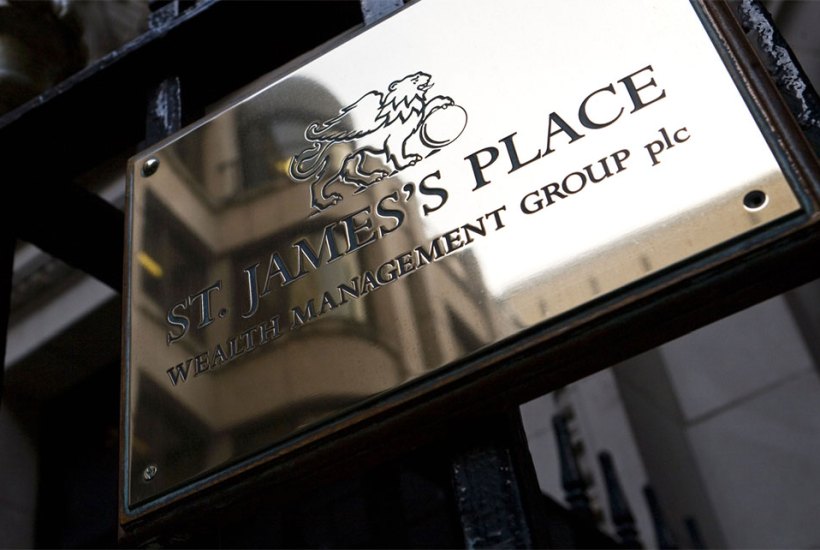St James’s Place is a posh London cul-de-sac that will forever be associated with the late Jacob Rothschild, who based his financial empire there and restored the stately Spencer House across the road. One of his enterprises, J. Rothschild Assurance, was renamed St James’s Place Capital in 1997 and ended up majority owned by Lloyds Banking Group – until Lloyds sold it to stockmarket investors in 2013.
Already a subscriber? Log in
Subscribe for just $2 a week
Try a month of The Spectator Australia absolutely free and without commitment. Not only that but – if you choose to continue – you’ll pay just $2 a week for your first year.
- Unlimited access to spectator.com.au and app
- The weekly edition on the Spectator Australia app
- Spectator podcasts and newsletters
- Full access to spectator.co.uk
Or
Unlock this article
You might disagree with half of it, but you’ll enjoy reading all of it. Try your first month for free, then just $2 a week for the remainder of your first year.









Comments
Don't miss out
Join the conversation with other Spectator Australia readers. Subscribe to leave a comment.
SUBSCRIBEAlready a subscriber? Log in